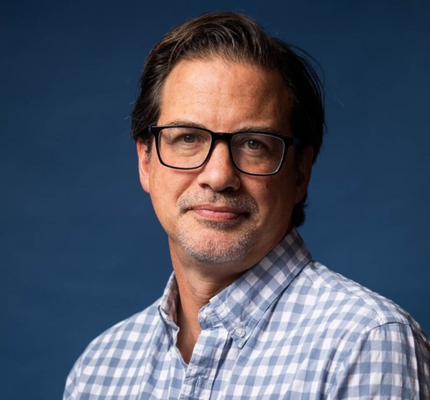
By Walid Afifi
I teach the required Introduction to Communication Theory class for our pre-major students. My last lecture for the quarter covers the “Social Construction of Knowledge.” Throughout the quarter, I display a photo of each theorist we discuss, and give some background information about them. I find that this practice is instructive for many reasons, including doing some demystification of the theory development process—many of the most impactful theories (in any discipline) emerged out of the authors’ lived experiences. I will return shortly to why that lived experience is essential to student understanding.
The goal of the course is to introduce students to the foundational theories in our discipline, and to prepare them for the content in the upper-division (major) courses. That structure creates a challenge for diversifying the syllabus; there is little wiggle room in the covered theories. However, it also provides the foundation for the discussion in that last lecture.
Of the 31 theorists discussed in this course, 24 are white men, most from the United States. There are seven remaining theorists: two Black men, one Black woman, one Asian woman, one biracial woman, one white woman, and one Indigenous woman. With one exception, this group of theorists are also from the United States.
I begin the class conversation with a point of clarity: First, every theorist featured on those slides advanced our knowledge in very significant ways—so significant that their contributions are considered essential reading. Second, it is important to note that I am a social scientist. I am not of the mind that the ability of theorists to explain behavior is tied to the identities they hold. Finally, the theorists featured in those slides have life stories and defining characteristics that provide much more richness than what their photos alone convey. Many, if not all, experienced significant life traumas. At least two, for example, are Jewish and had immediate family who lived through the horrors of the Holocaust.
I also emphasize this: the promise of the social scientific approach to theory (and the related method essential to testing the theory) is that it provides a competition of ideas, and the best explanations for human behavior emerge from that process. This exercise suggests that 90% of the best ideas in the world, with relevance to human behavior and communication, come from residents of the United States, and 77% from white men. This despite the United States’ population reflecting about 4.25% of the world’s population and white males in the United States characterizing about 1.3% of that population. Also, according to this list of theorists, none of the best ideas relevant to the Communication discipline come from the Global South, and more specifically, none from Mexico, none from Latin or South America, none from the Arab world, and almost none from Africa, among other major gaps. Absurd. Such omissions are absurd, offensive, demoralizing, and colonial.
As scholars, educators, and practitioners in the discipline, we must do better. We must create K-12 and higher education curricula and infrastructures that not only attract marginalized students to Communication studies but make them want to be part of the knowledge-production process. We must create equitable knowledge-production practices through our annual conventions and NCA’s journals and publications that put an end to bias in the review and editorial decision-making process. We must create academic spaces that provide access to everyone, not just those with various types of capital, regardless of first language. Ultimately, we must aim for a discipline in which everyone with good ideas—from Palestinians who grow up in the open-air prison that is Gaza to those who live in the favelas or slums of Rio have the same opportunities to place them in the marketplace of ideas from which the best explanations for human behavior and communication emerge.
I look forward to being part of the revolutionary moment in which our Communication discipline and NCA finds itself, and especially to being part of a process with that aim in mind.

